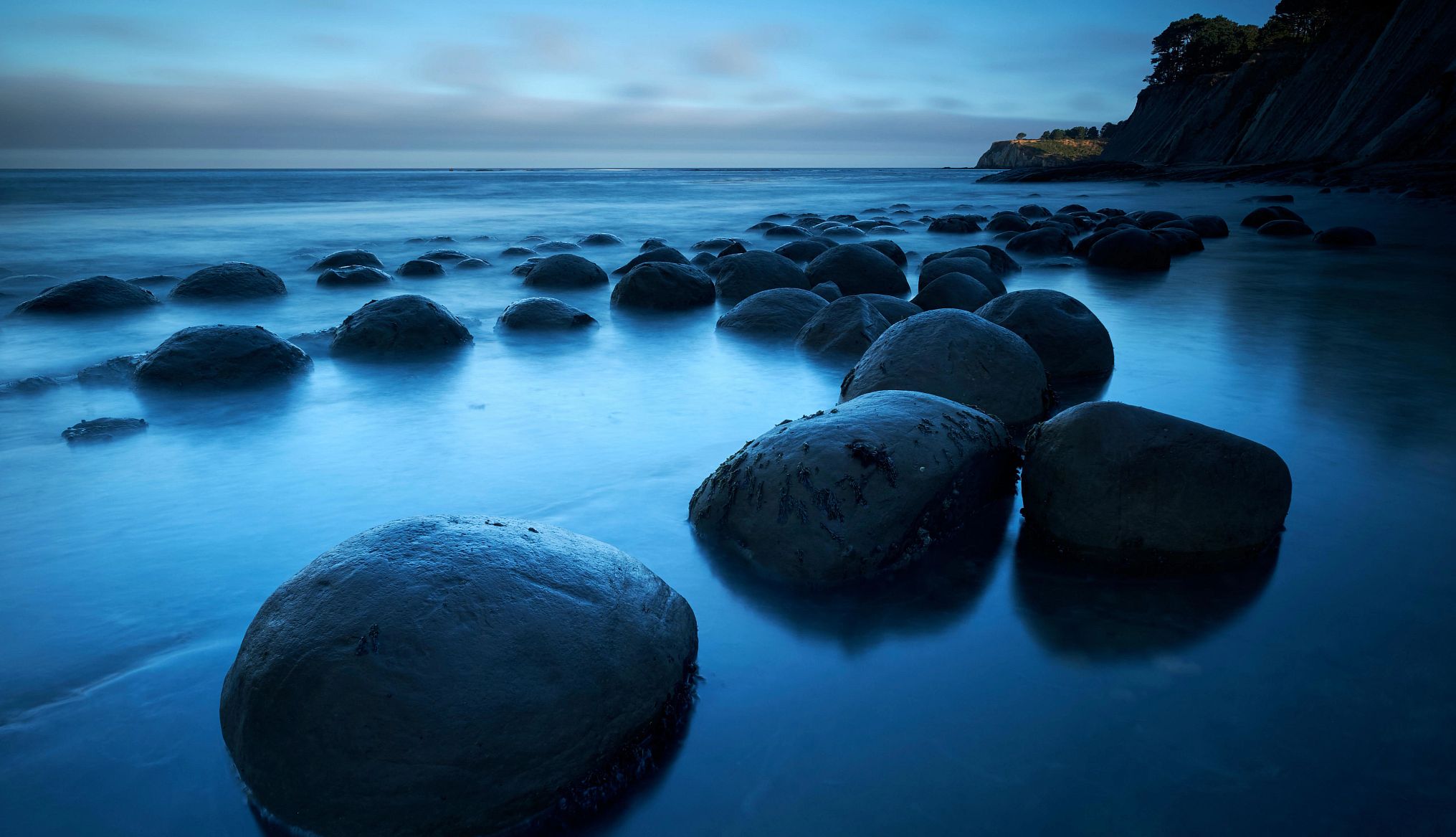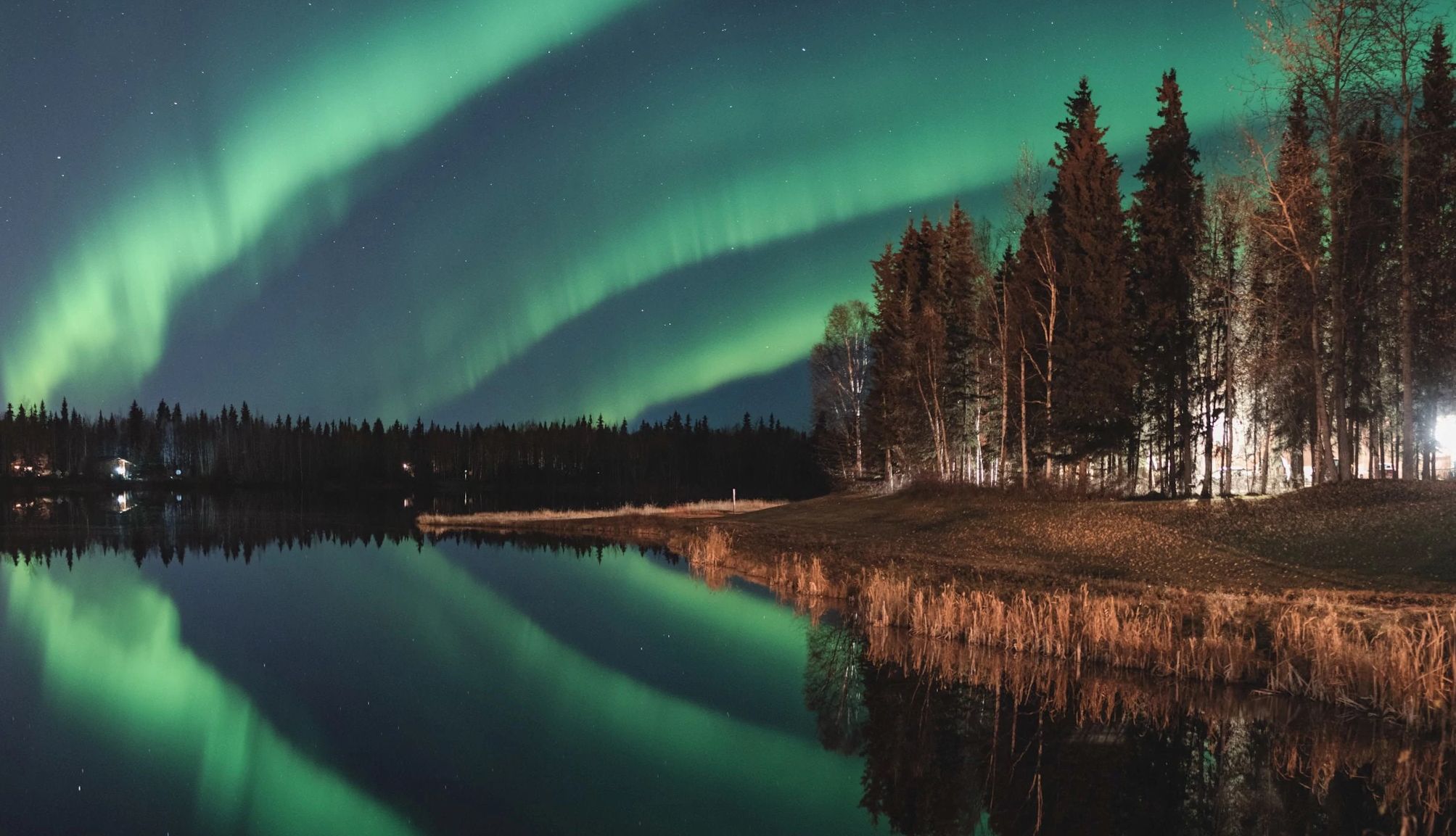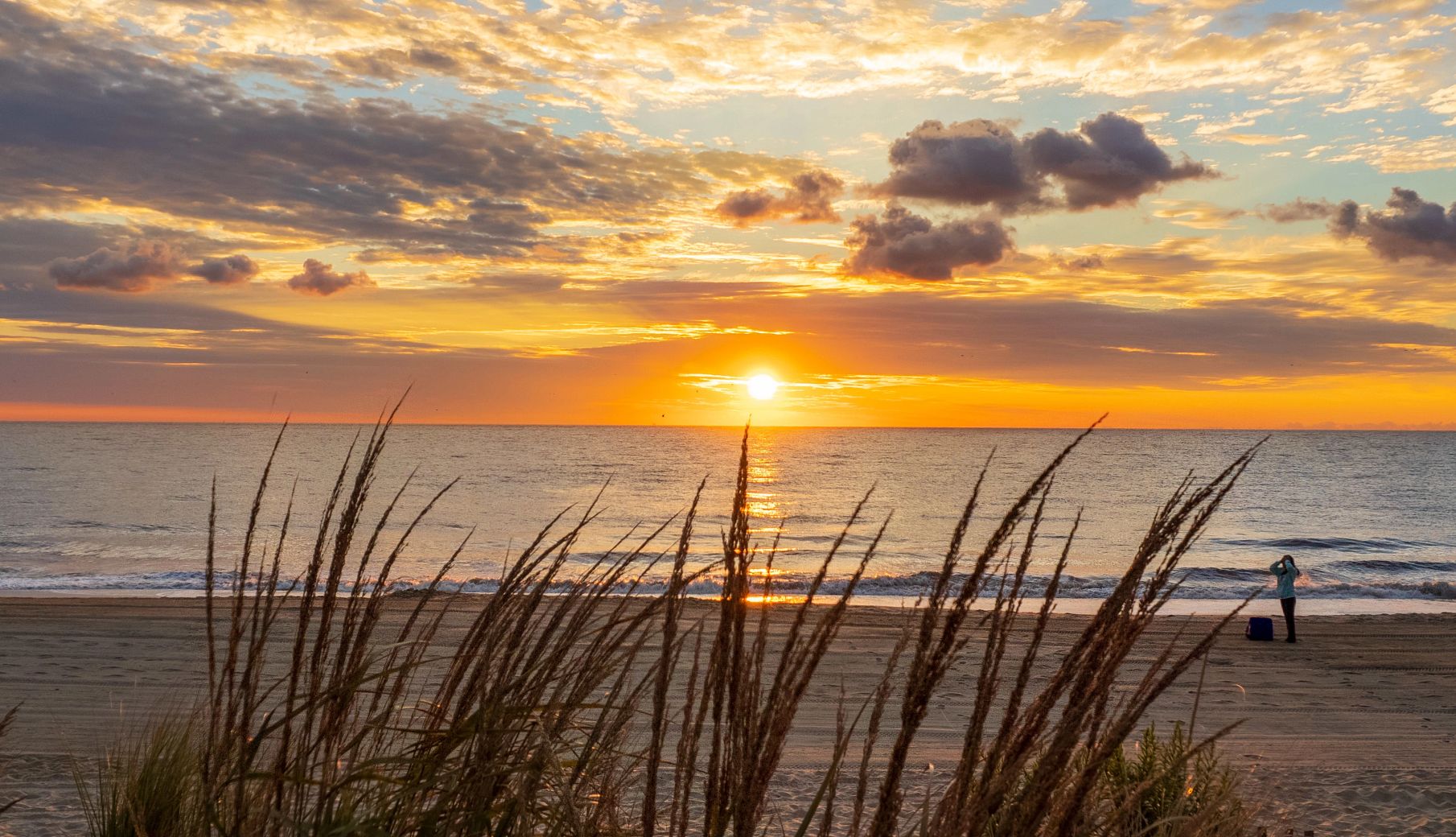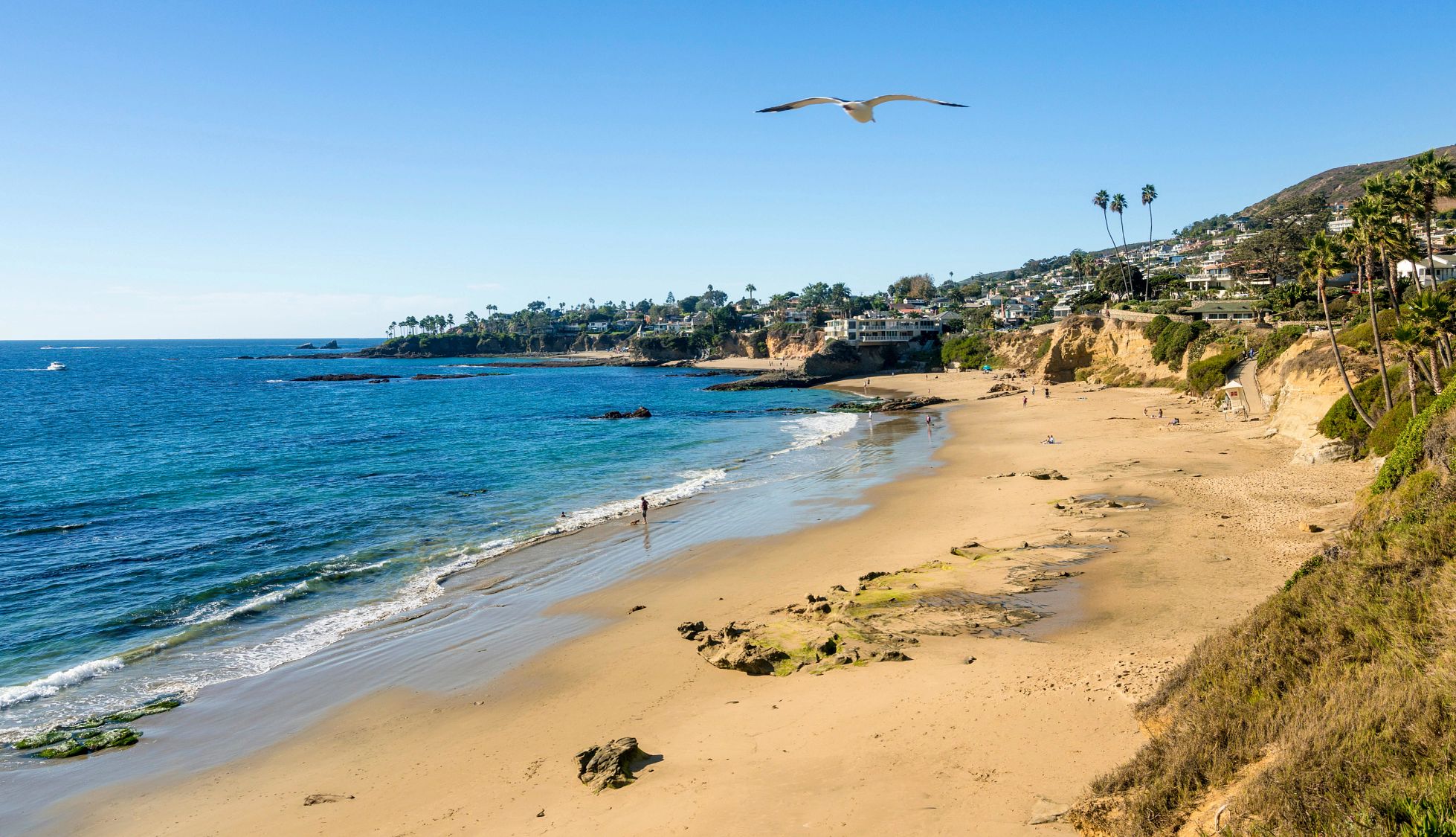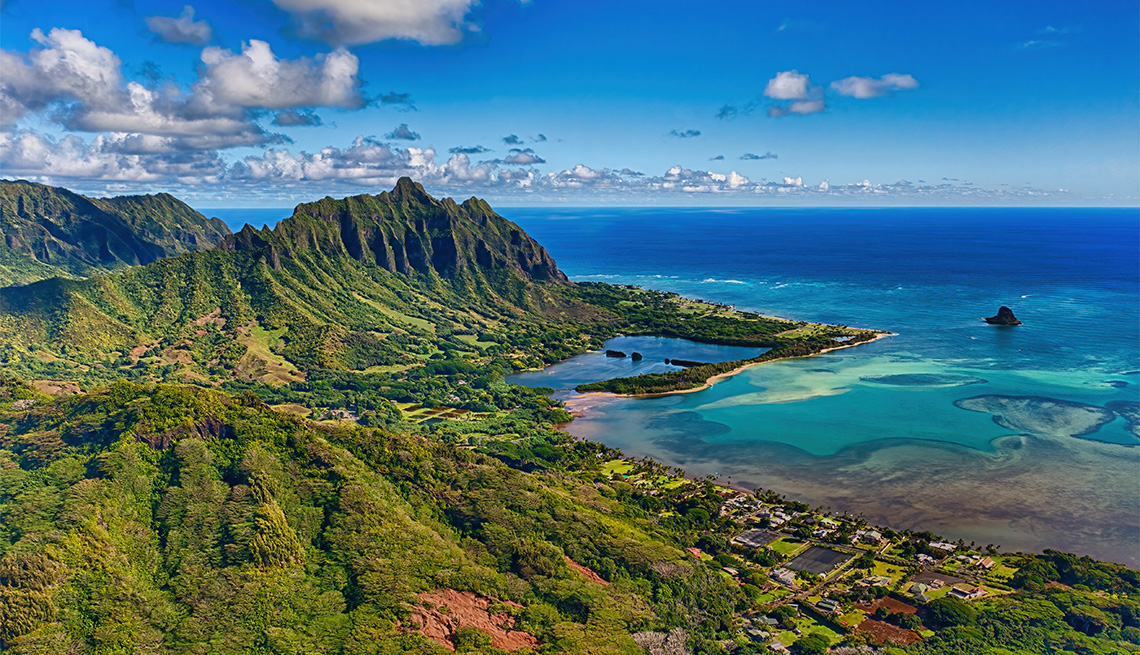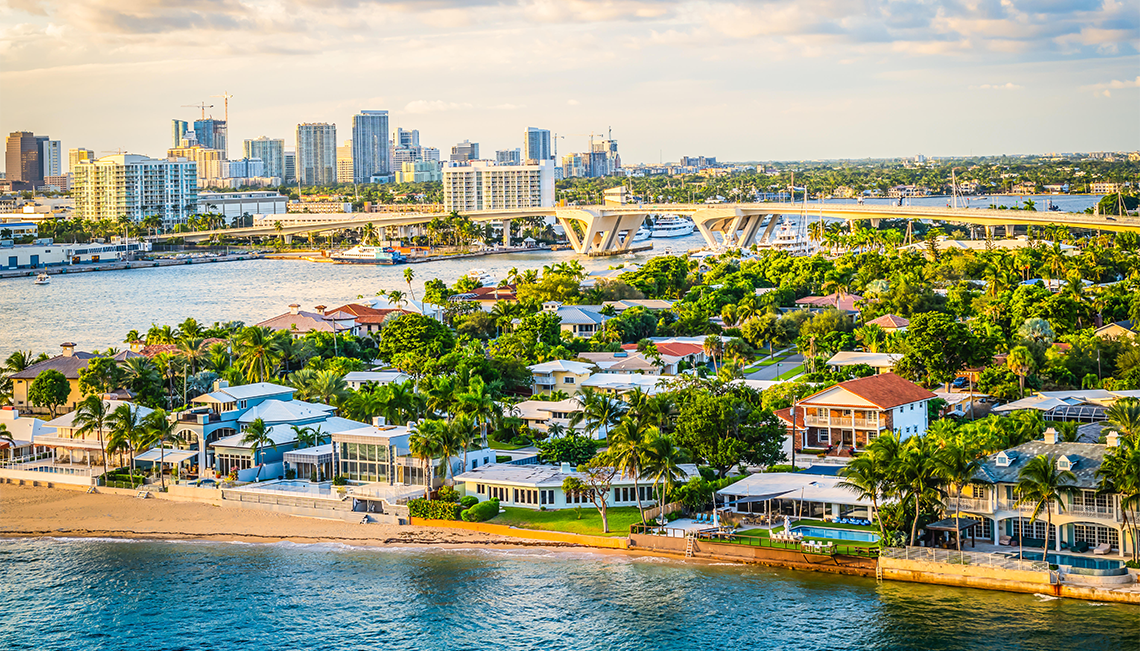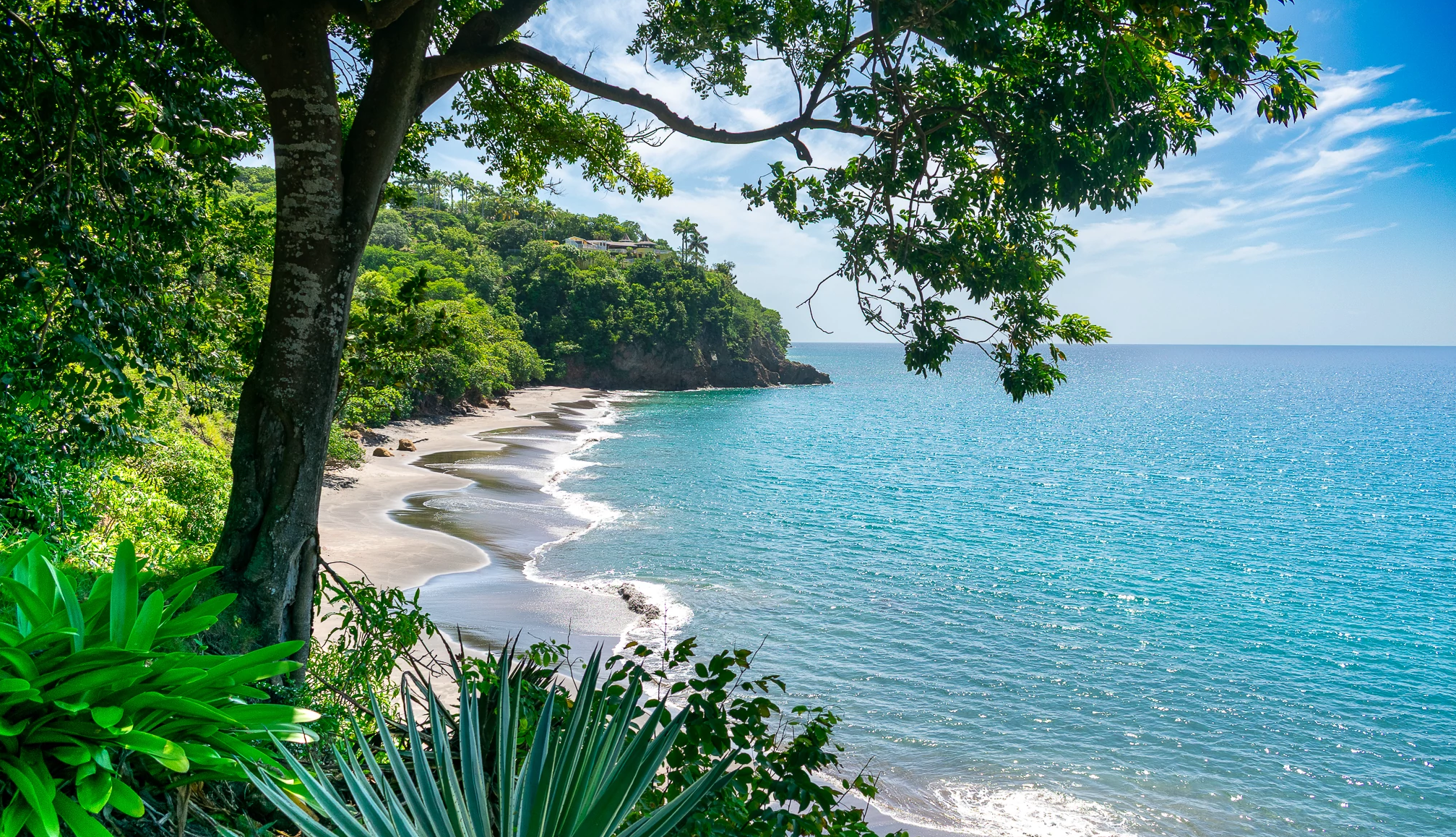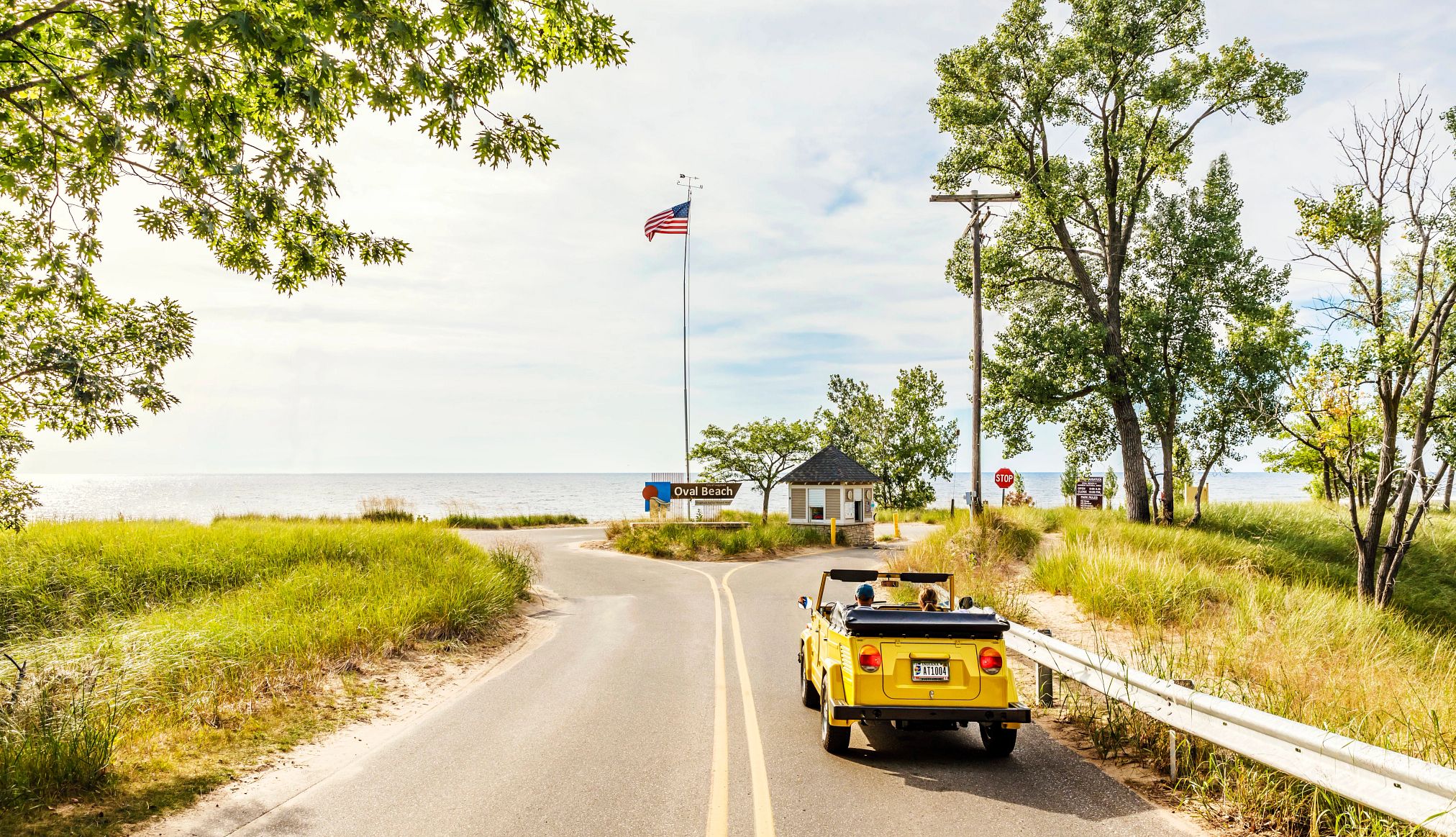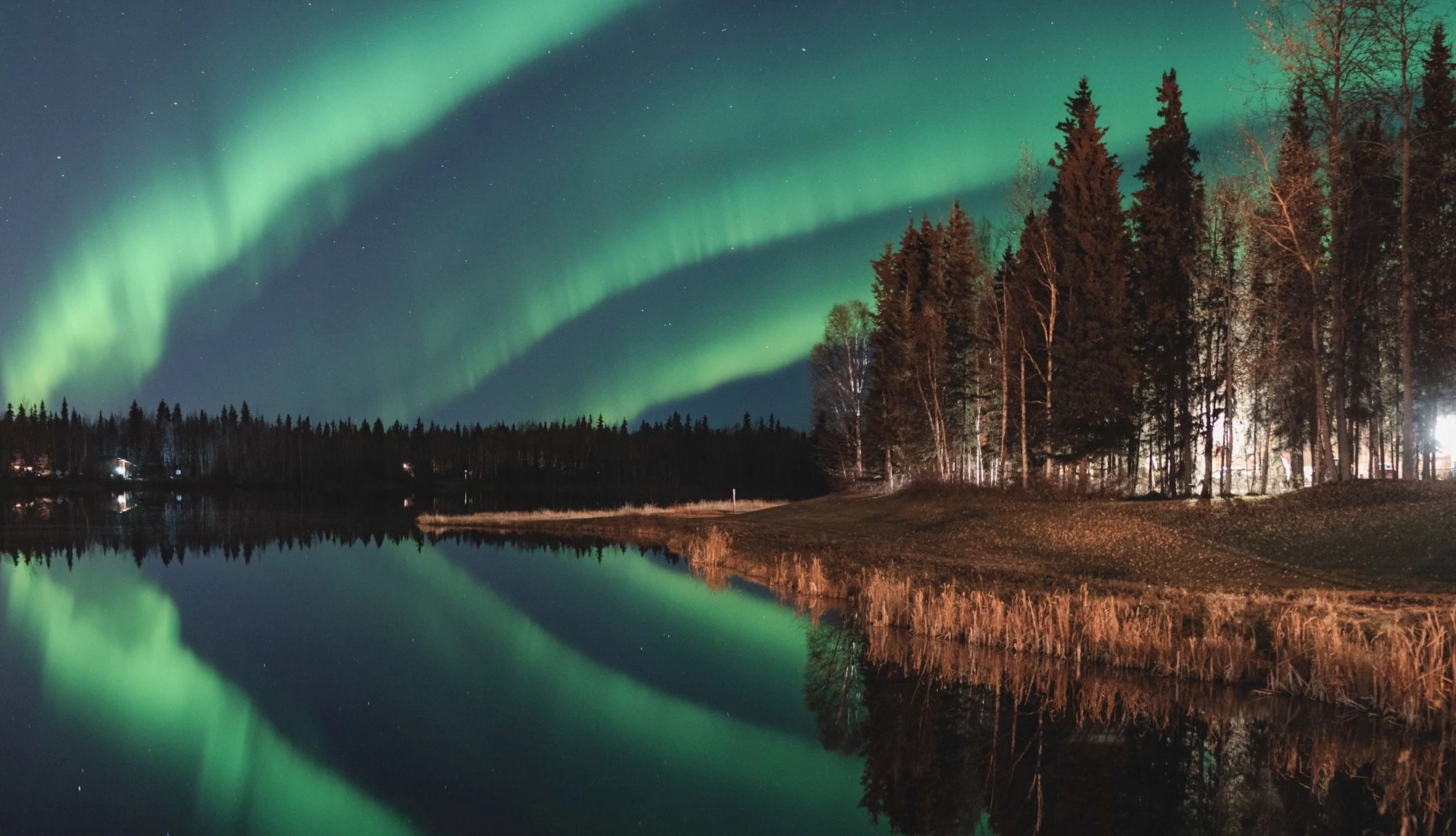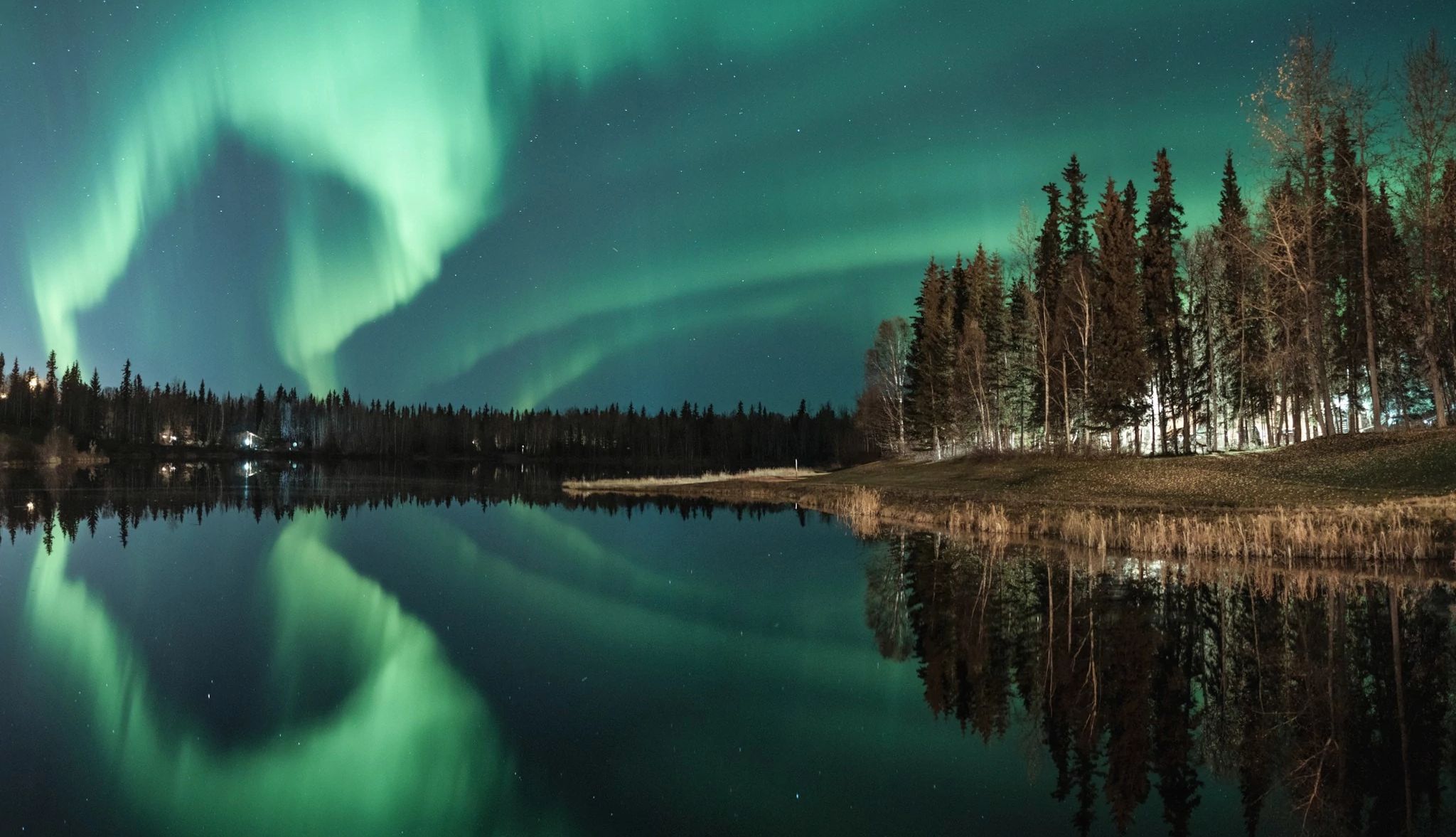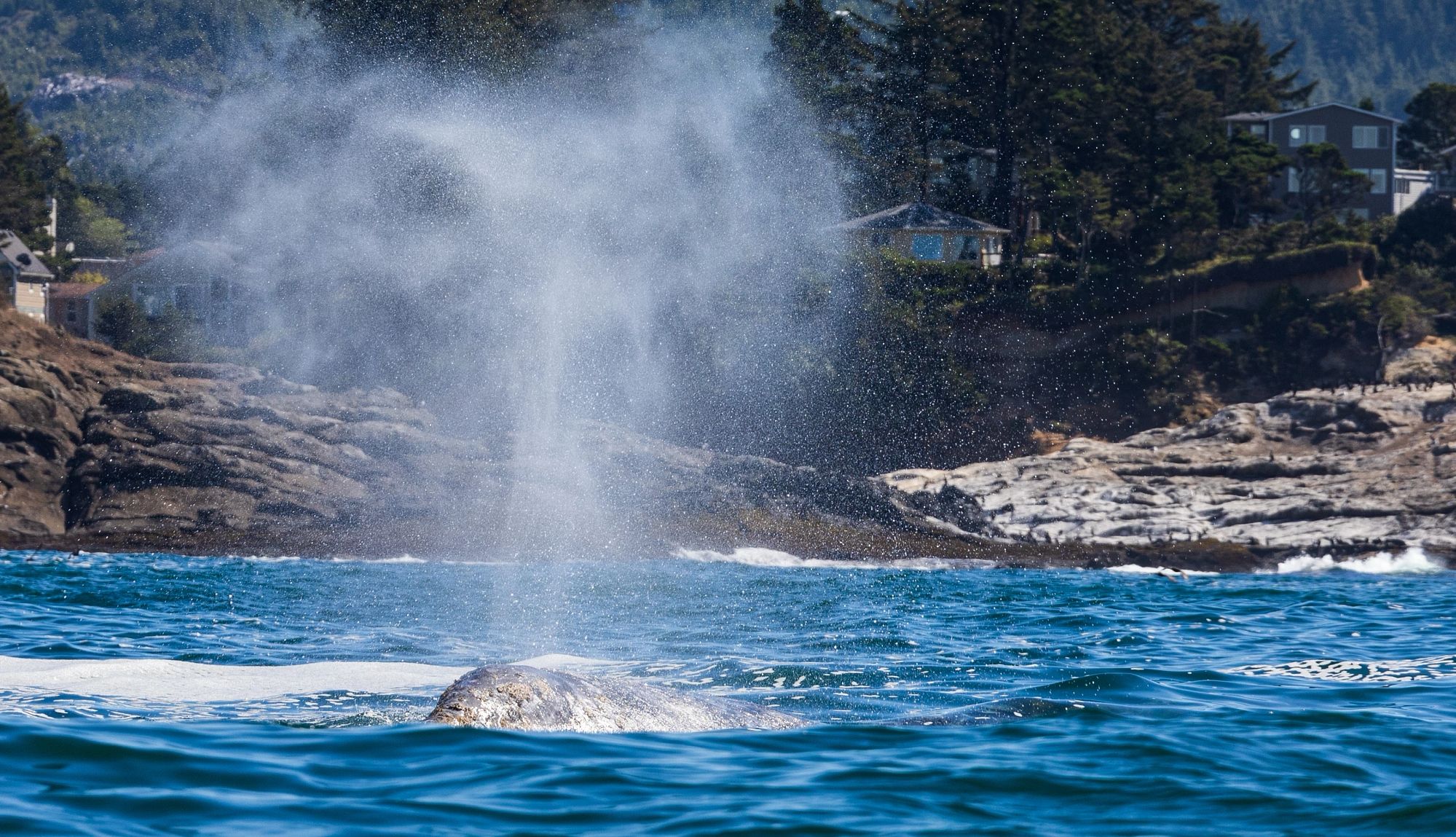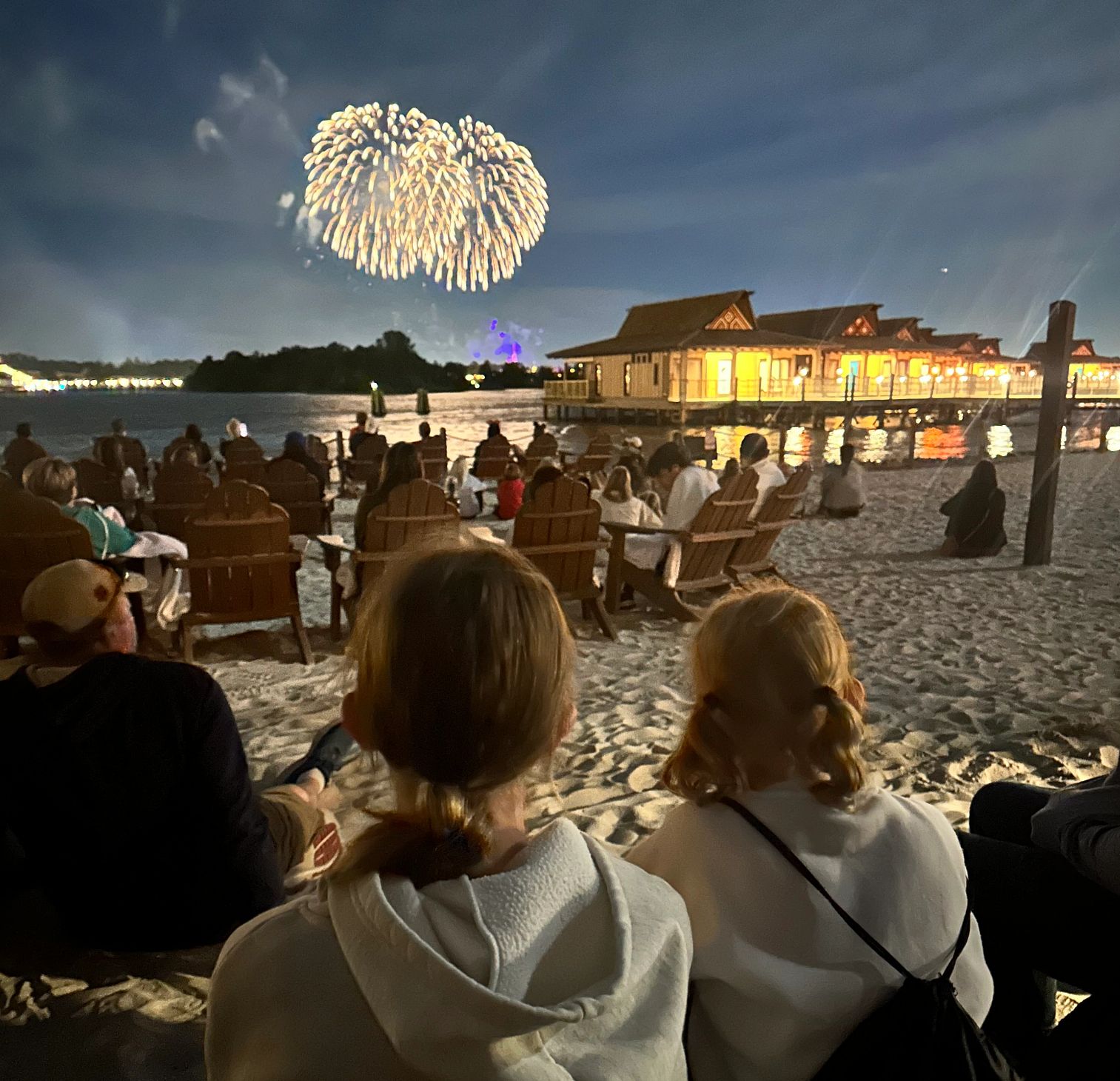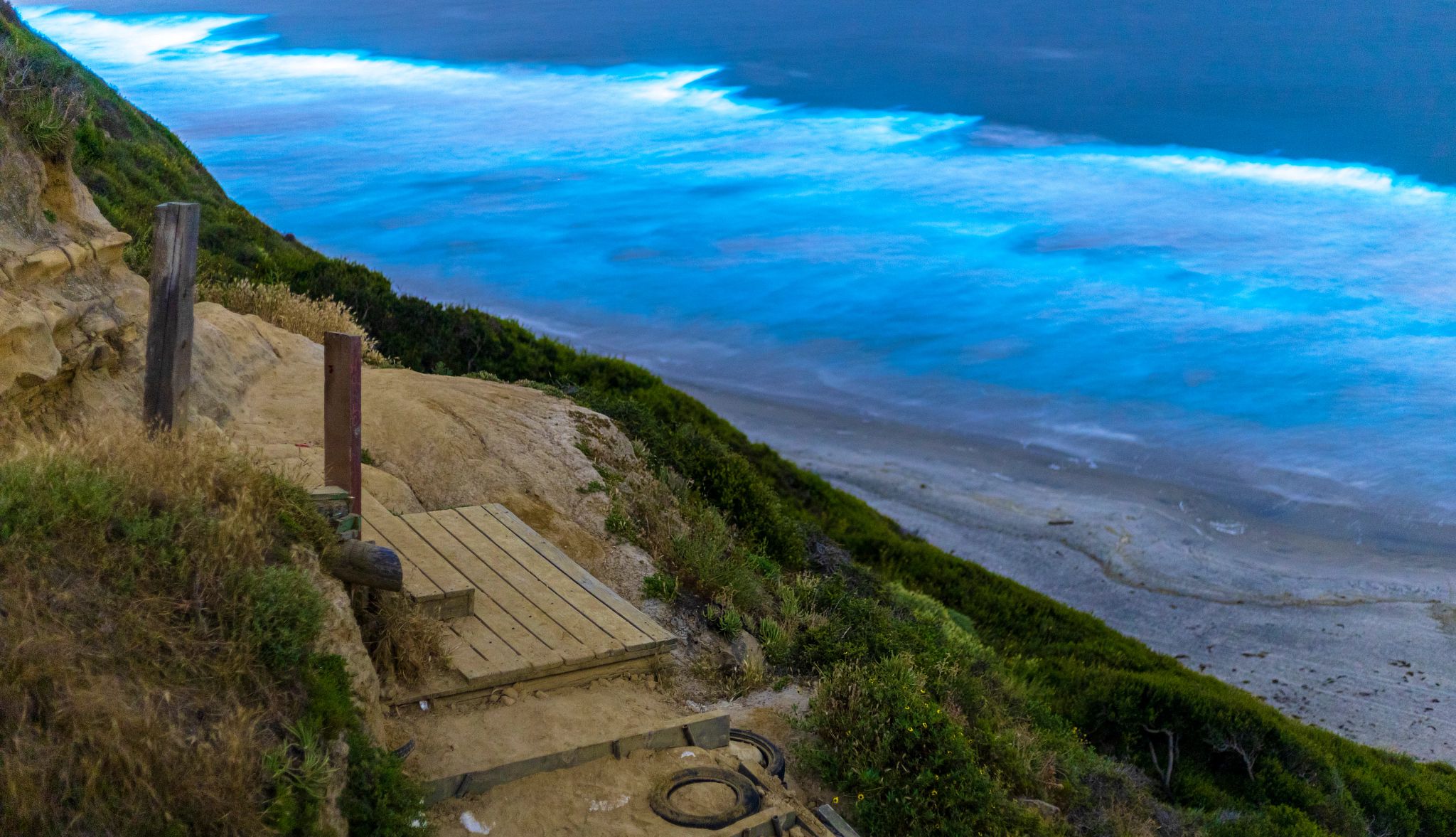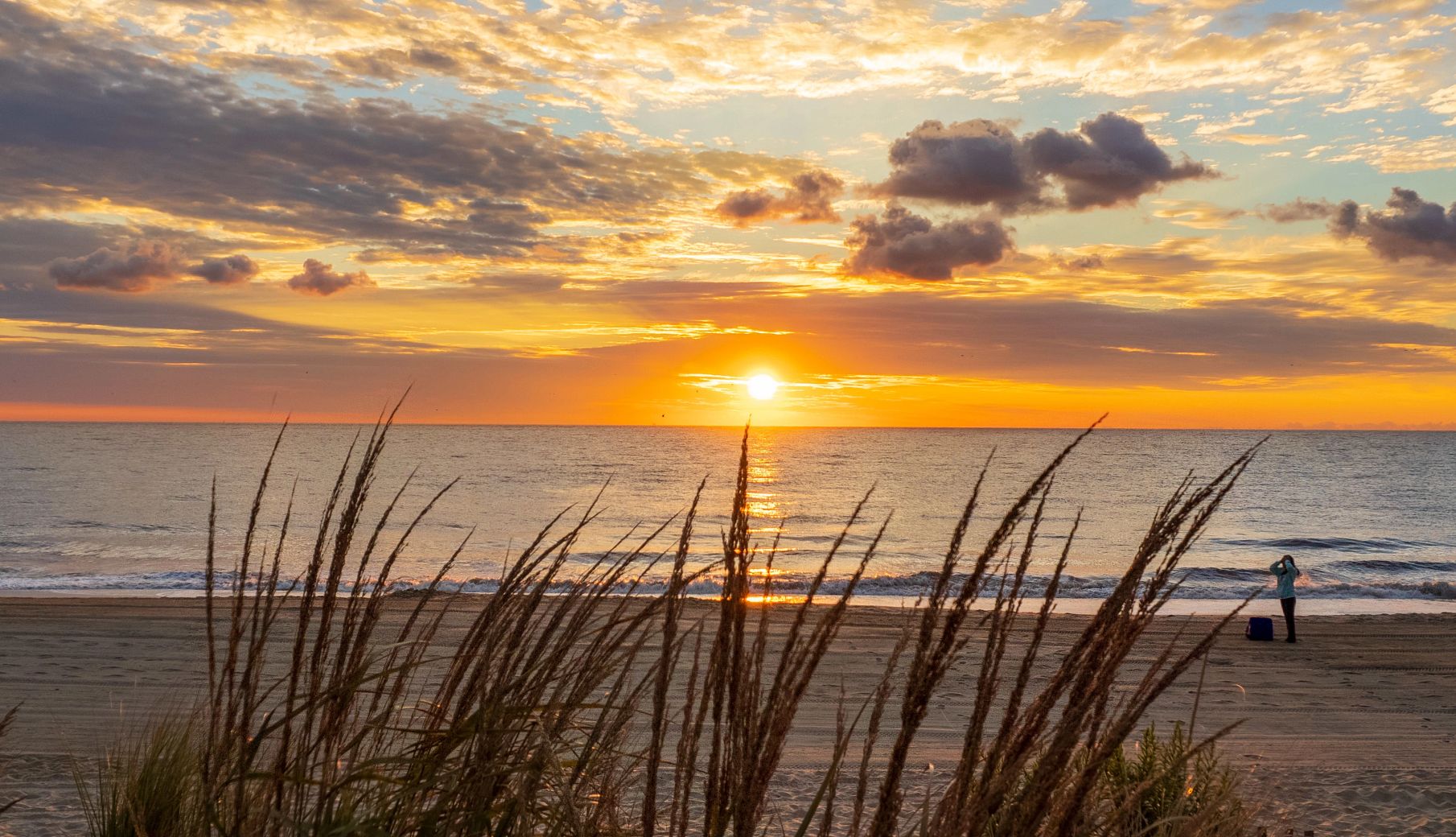AARP Hearing Center
It’s a can’t-miss combo: Take a beautiful stretch of America’s destination shoreline, add an activity only this spot can host, and you’ve got an experience worthy of your bucket list that doesn’t require you to cross an ocean.
According to The Senior List, a resource and reviews website for older adults, 63 percent of people 50 and older are interested in bucket-list travel. Plus, new experiences are proven mood-boosters that stimulate the brain and create milestone memories in the process.
Create your own milestone memory at one of the destinations below — a couple of which I’ve been lucky enough to explore firsthand. Each offers a once-in-a-lifetime experience that makes it much more than just a pretty beach.

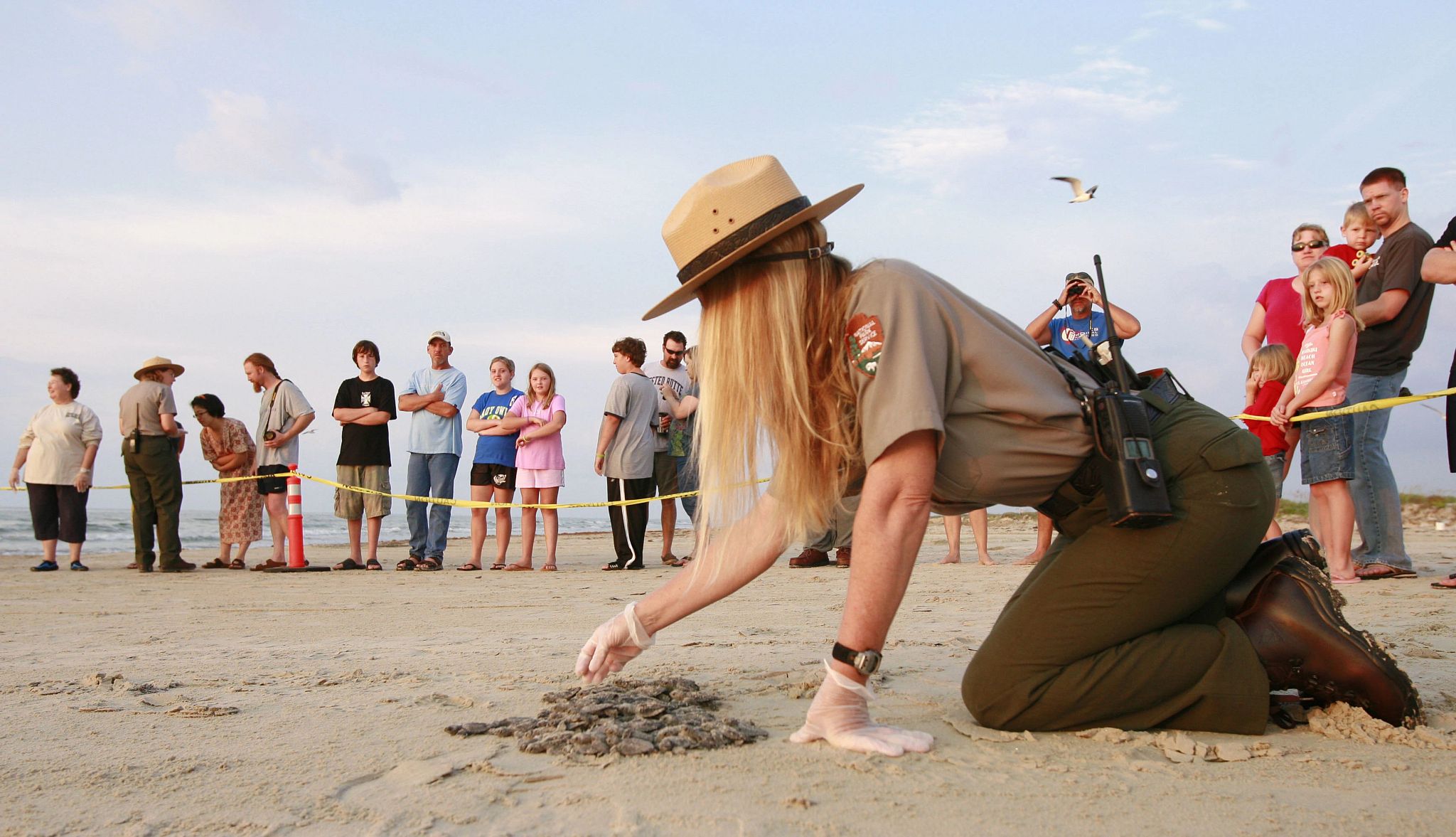
Watch an endangered sea turtle hatchling release on a Texas beach
In early summer, dawn breaks as a crowd gathers on Padre Island National Seashore’s Malaquite Beach. The main event: dozens of newly hatched Kemp’s ridley turtles, the smallest and most critically endangered sea turtle species, making their way into the ocean. This South Texas seashore was established as the turtles’ secondary nesting colony in the 1970s to safeguard the species’ survival in case a catastrophe hits their nesting epicenter in Tamaulipas, Mexico.
During the release, the turtles are placed on the sand mid-beach and make their way to the ocean. The tiny turtles’ sunrise struggle proves their fitness for the ocean and teaches them this beach’s specific elements. When the last one makes it, says Donna Shaver, the national seashore’s chief of the Division of Sea Turtle Science and Recovery, the crowd cheers.
“We frequently hear that viewing a release was a bucket-list aspiration,” Shaver says. Years later, the surviving adult female turtles will instinctively travel thousands of miles to return to Malaquite Beach to nest and continue the cycle.
What to know: Three to five releases happen annually during June and July. Free loaner beach wheelchairs are available (no reservations). A $10 per vehicle day pass is required. Releases start at 6:45 a.m. and last an hour. Water and sunscreen are recommended. Watch the Padre Island National Seashore website and Facebook page for dates.

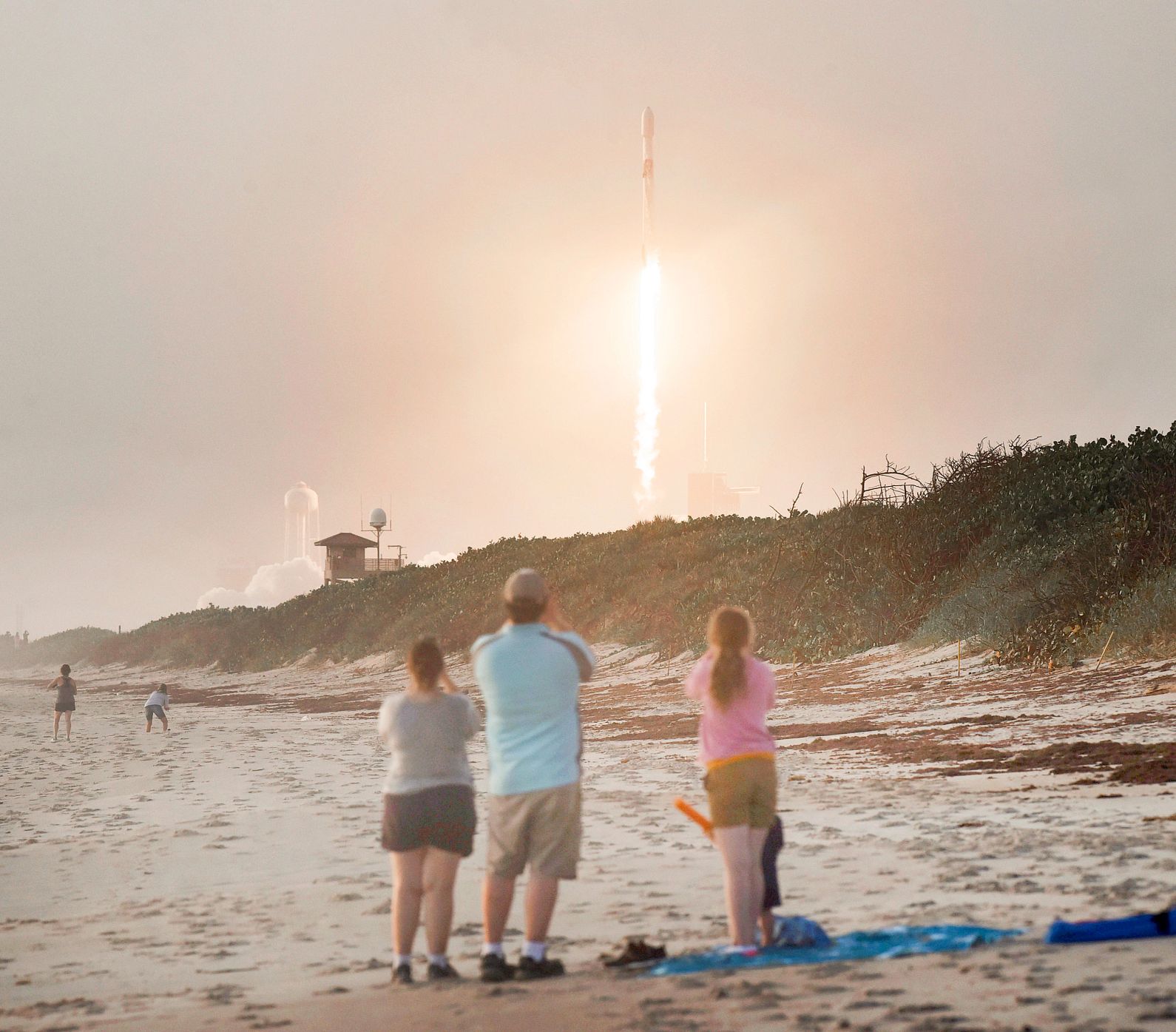
Feel a rocket launch from a white-sand Florida beach
It’s nicknamed the Space Coast: about 72 miles of east-central Florida Atlantic shoreline, with rocket launch epicenters Cape Canaveral and Kennedy Space Center at its heart. As the number of annual launches in Florida increases — there were a record 93 in 2024 — so do the opportunities to witness them from one of the coast’s signature white-sand beaches. “You feel like you get to experience a little piece of history,” says Melissa Hardy, 49, a Palm Bay, Florida, resident who shares travel planning tips and itineraries on her website Savvy Single Mama Travels. “The closer you are, you can really feel the rumble and hear the noise of it. It’s powerful.”
































































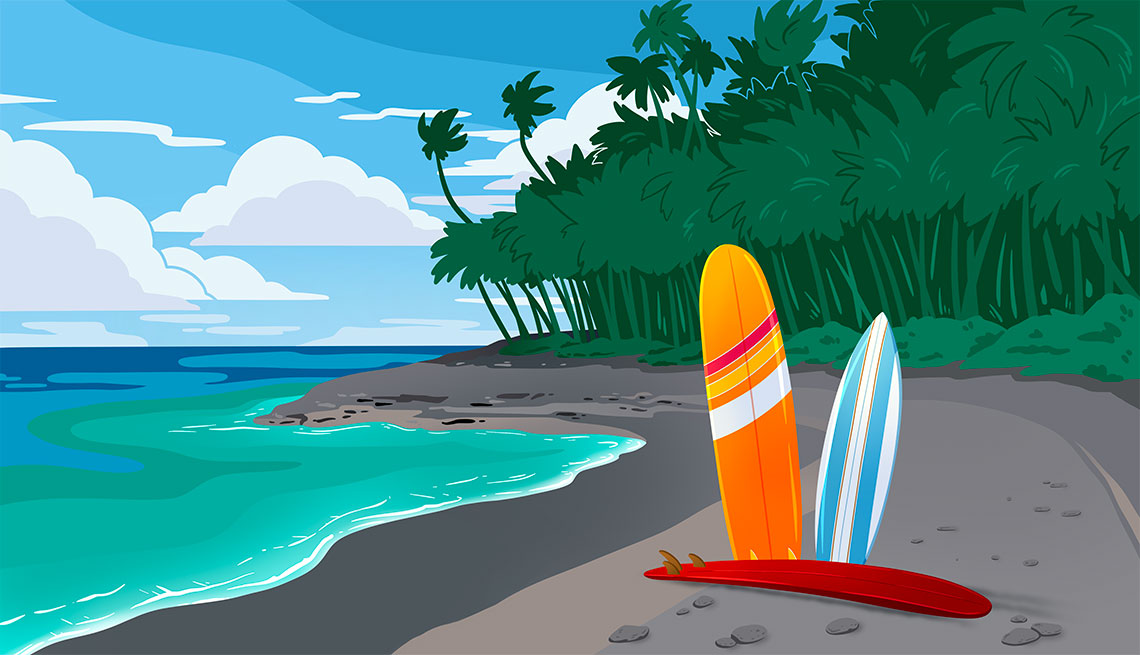
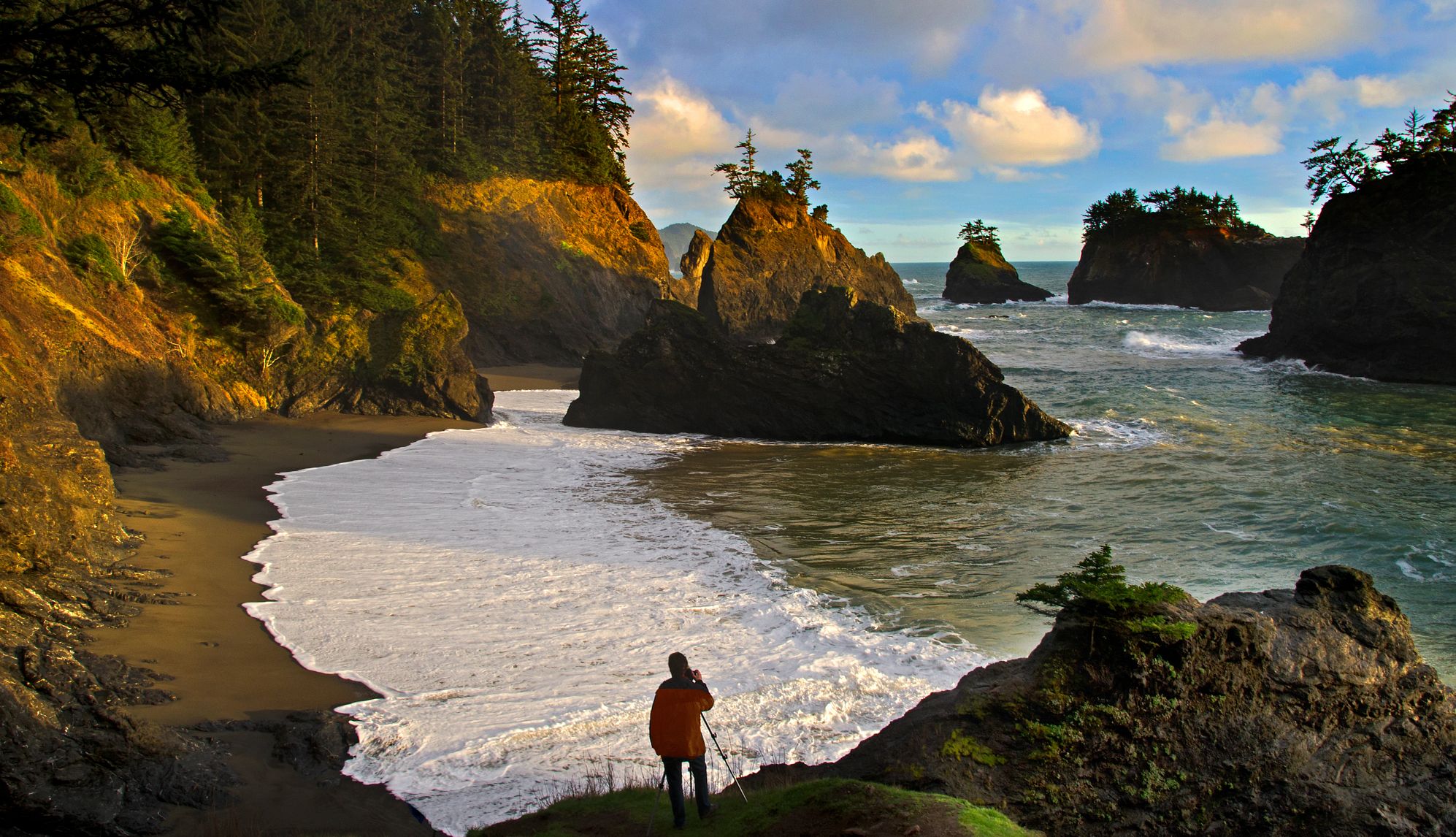
.jpg?crop=true&anchor=10,180&q=80&color=ffffffff&u=2xkwh0&w=2021&h=1161)
